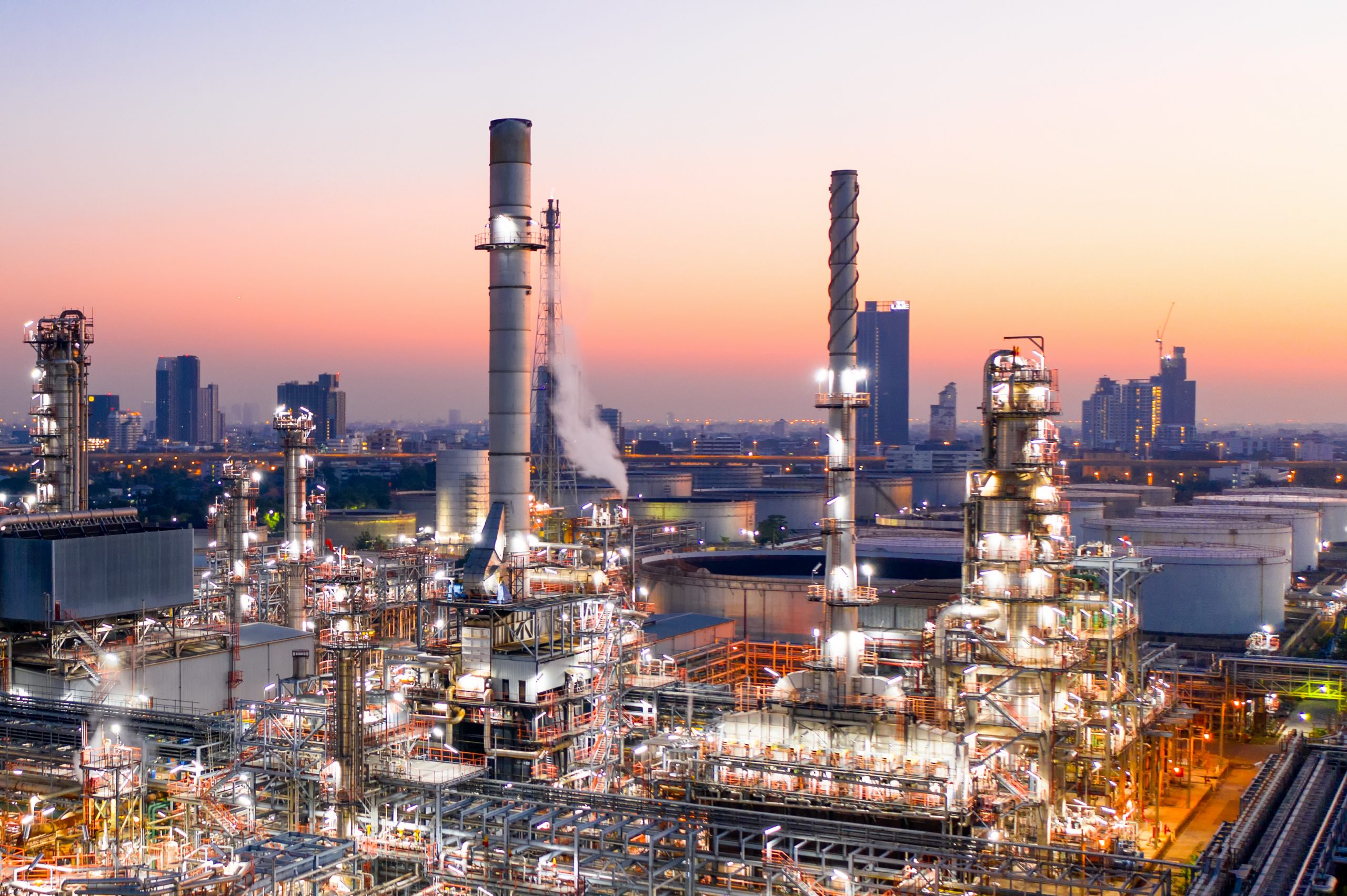The United States and Canada are both leaders in the oil industry—both countries rank amongst the world’s best when it comes to oil production, consumption, and reserves. As of now, Canada has 17 operating refineries, while the United States has more than 100. The purpose of an oil refinery is to convert raw, crude oil into other, more useful products such as gasoline, diesel fuel, jet fuel, and more. The first step in this process is distillation—where different components of the oil are separated based on differences in their boiling points. After these fractions are separated, complex processing operations are required to convert the various hydrocarbon mixtures into useful products.
A key component of this conversion process is Fluid Catalytic Cracking, or FCC.
Fluid Catalytic Cracking
Fluid Catalytic Cracking, an important part of refineries’ process, allows the cracking of long-chain hydrocarbons into shorter-chain hydrocarbons—with the help of a catalyst. Over time, this catalyst is coated with a coke deposit, which has to be continuously burned off in a catalyst generator. The products of the catalyst regeneration process are treated by an electrostatic precipitator to capture valuable catalyst particles, which can be recovered and reused.
Maintenance of the equipment and instrumentation, both upstream and downstream of the FCC unit, should always be done regularly. With regular maintenance of this equipment—with attention to safety being the top priority—the chance of hazards, lost production, and personnel injury is significantly minimized. In order to maintain a safe environment in precipitators, combustible gases cannot be allowed to find their way to the ESP, because static electricity can be an ignition source. The ESP should always be shut off if there’s any possibility that combustible gases are present.
Combustible gas and oxygen levels should be controlled by purging the precipitator completely, and ventilating thoroughly before allowing any personnel to enter the precipitator. The work area should always be well ventilated, and should have an established monitoring program to minimize the risk of flammable gases being present.
A comprehensive risk management policy should be established and maintained. It should be thoroughly taught to any and all employees concerned with operation, maintenance, and the repair of the precipitator.
Safety Always Comes First
The points discussed above are all guidelines that Southern Field-EEC has established from previous experience with FCC units. Safety is, and should always be, the number one priority. When everyone works together toward a common safety goal, hazards and injuries are significantly minimized—and when workers feel safe, they produce great work. Standard refinery protocols should also always be followed.
Interested in learning more about Southern Field-EEC, and the maintenance services we provide? Click here for more information, and here to contact our team.


